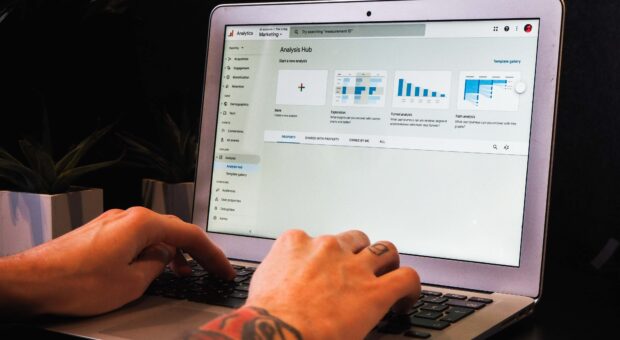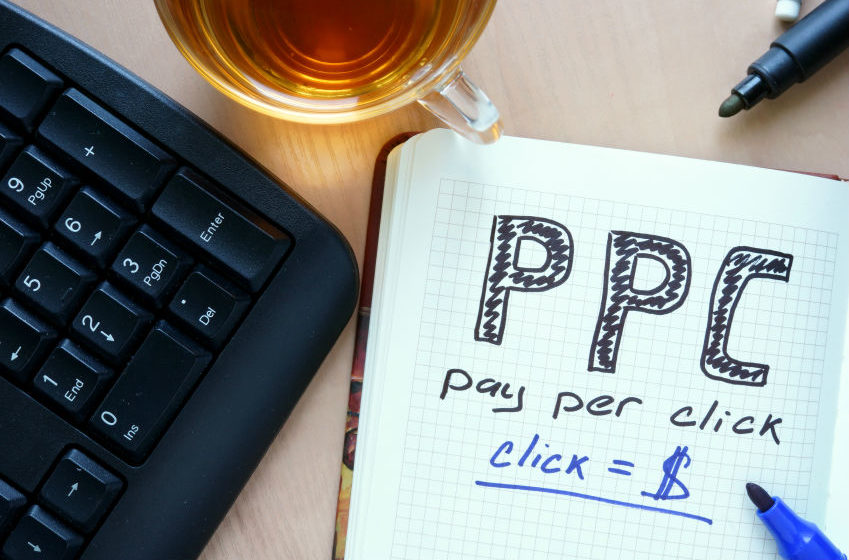
Thinking about starting a pay-per-click (PPC) campaign (sometimes called paid search, search engine marketing or just SEM)?
With its ability to create interactions that are focused, immediate, and responsive, a PPC campaign is a valuable tool for getting your brand’s message in front of the right people at the right time.
To that end, here are 5 essential areas to pay attention to when setting up a PPC campaign:
Keyword Research & Selection
Diligent keyword research and careful selection can make or break the success and ROI of your PPC ad spend.
If you’re like most companies, there are hundreds of keywords out there that you’d like to rank for, so deciding which are best for your PPC ad can be difficult. Here are some tips to help:
- Generally, we recommend bidding on important keywords even if you rank for them organically. Having two impressions on page 1 of the SERP (search engine results page) is better than having one, and you can direct customers to the best landing page for their needs with your PPC ads.
- Drive traffic without driving up ad spend by trying to find high volume and low competition keywords.
- Start with broad keywords and make them more specific. For example, “pants – women’s pants – women’s long pants – women’s black long pants.” Be careful though, too specific can sometimes do more harm than good.
- Use the free tools available to make keyword research faster, easier, and more accurate, such as Google’s Keyword Planner.
Worth remembering at this point is the landing page you’ll be driving your traffic to. Be sure to download VONT’s (free!) 12 Steps to a Better Converting Optimized Landing Page for all our tips.
Utilize AdWords Extensions
Did you know that there are free ad extensions provided through Google AdWords that you can use to show additional information below your ad? They are free to implement and can be highly beneficial to your campaign. Here’s a quick overview:
- App extensions: add a link that sends people directly to the app store or begins the download of your app.
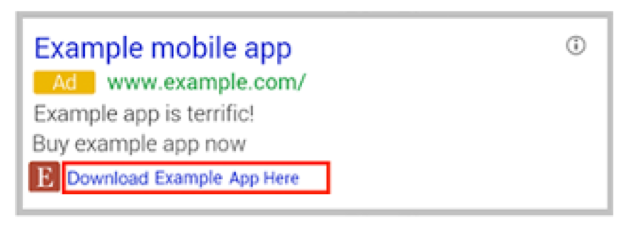
- Call extensions: add a click-able “call” button for those searching on their smartphone.

- Location extensions: Add a clickable map pin or call button to the bottom of your ad, so it is easy to find your nearest storefront location or phone number.
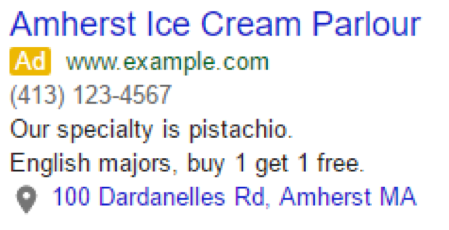
- Review extensions: Show customer reviews under your ad copy from a third-party source.

- Site link extensions: Help people find what they are looking for on your site in one click.
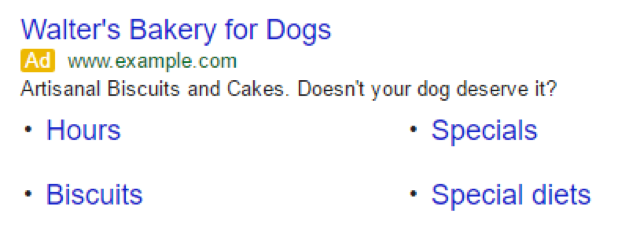
- Callout extensions: Add additional text to help people see benefits of working with you.

- Consumer ratings: Add survey data that shows industry-specific consumer ratings.

- Previous visits: Show people whether they’ve clicked your site from Google search results in the past to help them find it again.

- Dynamic structured snippets: Show more landing page information underneath your ad to give more information and increase click-throughs.

- Seller ratings: Showcase online business ratings and reviews gathered from reputable sources.

Think Mobile
According to Think with Google, consumers spend 15 hours per week researching from their smartphones and 93% of people who used mobile research went on to purchase.
Here are a few things to remember to take advantage of this and optimize your PPC for mobile.
- Simply repurposing desktop ads and designs won’t cut it. Google gives preference to mobile-optimized text ads and extensions for mobile searches. Be sure to click the “mobile” option during setup.
- Mobile ads should be less than 60 characters. Sitelinks between 15-17.
- Utilize extensions, such as the call button, for easier interaction with your ad on a phone.
- Use mobile-friendly landing pages that are simple, easy-to-read, and easy to interact with.
- Use short calls-to-action that are easy to see, decide upon, and react to on a small screen.
Test your copy
It’s incredible how much a slight adjustment to ad copy can change its performance.
Although there are other testing methodologies out there, A/B testing is common, useful, and less complicated than others.
Below are the 5 steps for a simple A/B test:
- Decide which (one) variable you want to test (CTA location, tone, offer, spelling, etc.).
- Benchmark your current results.
- If you already have an ad running, keep one variation (A) the same, then add in the variation on second ad (B). Or start from scratch with two new ads that are identical except for that one variation.
- Run the ads simultaneously.
- Be sure to wait to accumulate a statistically valid sample size of impressions and clicks.
- Review and repeat.
If you’re familiar with A/B testing and are ready for more, be sure to read VONT’s How to Take A/B Testing to the Next Level.
Include your Brand Terms
A branded keyword is any keyword that uses your company name in it, e.g. “VONT Digital Marketing.”
You may already rank #1 in Google for your brand, but we suggest you include branded keywords and here’s why:
- Your competitors may very well be bidding on your brand terms and stealing quality clicks.
- The cost-per-click should be very low, making these your cheapest and most valuable clicks. If a customer is already aware of and researching your brand, they are highly likely to convert.
- Directing traffic. In most cases, your homepage will be the page ranking organically, but it may not be the best landing page to send your customers to depending on the variation of branded keyword they are using. Use PPC to send customers directly to the best landing page, e.g. individual product pages or pages with special offers or upcoming sales.
The Takeaway
Great campaigns don’t happen on a whim. Pay-per-click advertising is not simple, but it is a highly effective tool for getting your message in front of those people who are searching for what you have to offer.
About VONT Performance Digital Marketing
At VONT we believe that change is the only constant in the digital world – and that excites us. When tools and environments are constantly changing, new opportunities to help our clients achieve success are constantly arising. Each new advertising technology, social platform, or design approach allows us to improve on the results we achieve for our clients.
We believe in this idea of continual fine-tuning so much that we named our company VONT, which means to achieve exponential improvement in incremental steps. It is our core belief, and the reason why we are not simply a web design company or simply a digital advertising agency, but rather a long-term, single source partner providing a comprehensive array of web development and digital marketing capabilities.
In short, we’re here so that our clients achieve success in the ever-changing digital world. If you’d like to learn more about VONT and the work we’ve done with our client partners, visit our Work page. Or, if you have a question, contact us. We’ll get right back to you!


